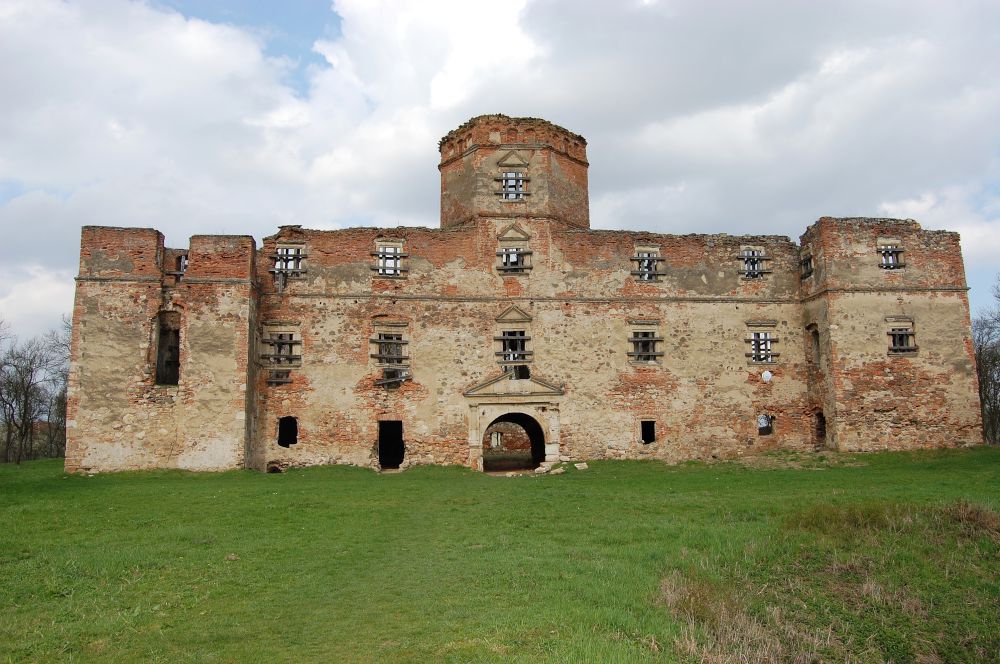Medieșu Aurit (Hungarian: Aranyosmeggyes) is the village of residence of the commune of the same name in Satu Mare County, Transylvania, Romania.
The town of Medieșu Aurit is located on the right bank of the Someș River, in the central-eastern part of the county, on the county road DJ 192, 22 km away from the municipality of Satu Mare.Significant archeological remains were discovered within the boundaries of the locality that forms the Medieșu Aurit commune.
The archaeological site at the Șuculeu point is one of the most intensively researched and also one of the best known on the territory of Satu Mare county.
The oldest vestiges on the territory of the commune are located between the localities of Medieșu Aurit and Potău, at the border point called Togul lui Schweitzer. Here, in 2003, when digging the trench for the Medieșu Aurit-Oradea gas pipeline, a row of 5 dwellings and some household pits from the Neolithic era were discovered.
In the Roman era, the perimeter of the Medieșu Aurit commune was intensively inhabited by a Dacian and Germanic population. The preferred areas for these dwellings were the Racteri terraces and the high terrace of the Seine. At the place called Șuculeu, a pottery settlement was investigated where the Dacian community from the Roman era continued to make ceramic vessels. The chronology of the pottery settlement is still not clearly defined, but it is believed to begin as early as the 1st century and end sometime in the 1st century IV-V According to some papal documents from the 14th century, the fortress of Medieșu Aurit and the surrounding land were conquered by a king of Hungary from the hands of schismatic (orthodox) Romanians – de manibus Vallacorum scismaticorum – before a certain general council. Two hypotheses have been issued about this: the taking of the fortress during the time of King Emeric (1196-1204), before the council of 1215; the taking of the fortress in the interval 1074-1095, by the kings Géza I or Ladislaus the Saint, in other words before the council of 1179. In the early medieval period, the proximity of the ford over Someș gave Medieș a central role in the area. Probably the advantageous geographical position determined the Hungarian administration from the XIII to settle here colonists brought from the Romano-German Empire around 1271. The king granted significant privileges to the settlers, the respective document being also the first written mention of the locality. This colonial character of the settlement was a temporary one because just a decade later, in 1280, the locality appears as the property of the palatine Moys, who leaves it in his will to his son-in-law Móric.
Medieş follows a continuous development becoming a domain center, also obtaining the rank of fair (oppidum).Lónyai Castle was destroyed and rebuilt several times, the current building being rebuilt by Ferenc Wesselényi after 1732, and inhabited until the 19th century


